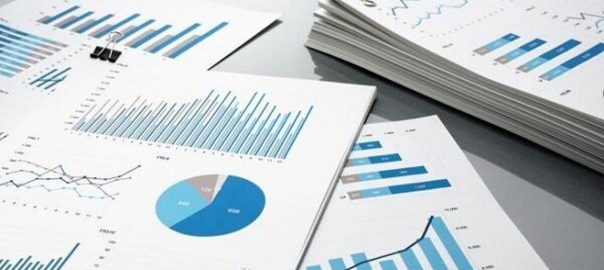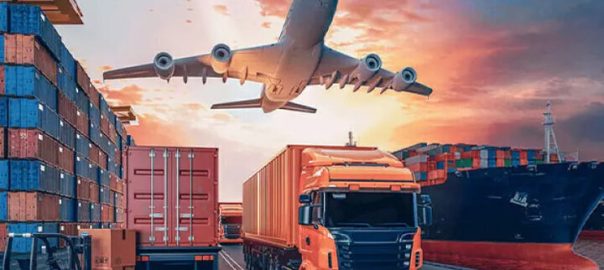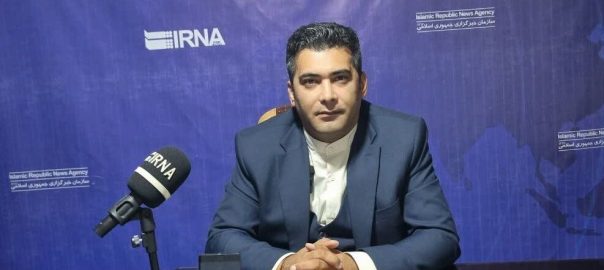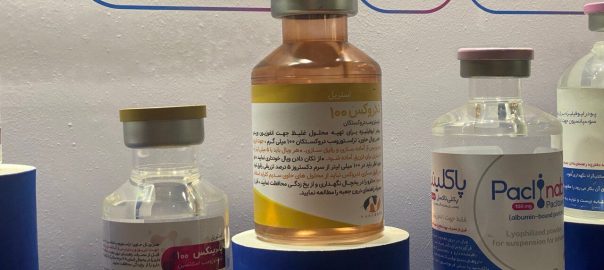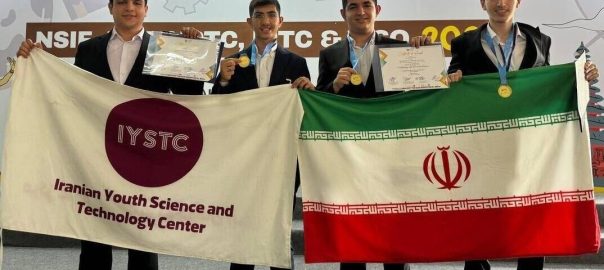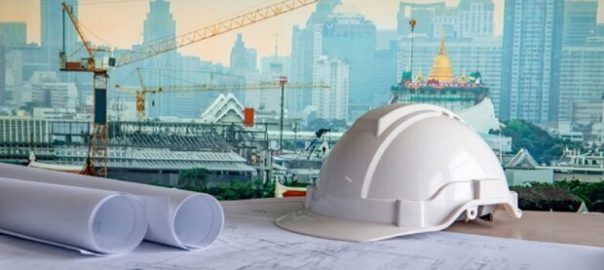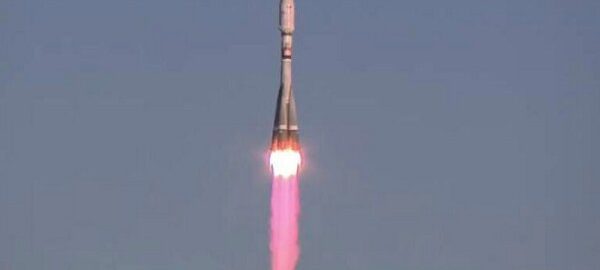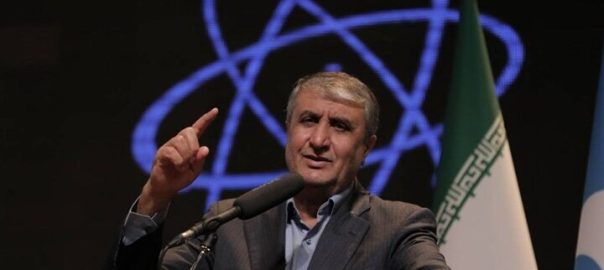ShanghaiRanking has placed 29 Iranian universities on the 2024 Global Ranking of Academic Subjects (GRAS) from more than 1,900 out of 5,000 universities across 96 countries and regions.
This year league table contains rankings of universities in 55 subjects across Natural Sciences, Engineering, Life Sciences, Medical Sciences, and Social Sciences.
GRAS 2024 uses a range of objective academic indicators and third-party data to measure the performance of world universities in relevant subjects, covering 5 major evaluation categories.
A brand new category, World-Class Faculty, has been introduced to reflect the concentration of top-tier scholars.
This category includes four new indicators: International Academic Award Laureates (Laureate), Highly Cited Researchers (HCR), Chief Editors of International Academic Journals (Editor), and International Academic Organization Leadership (Leadership).
Beyond the new category, GRAS 2024 also retains traditional indicators across categories like World-Class Output, High Quality Research, Research Impact and International Collaboration.
Iranian universities had a better performance in engineering and medical sciences fields being ranked in 71 and 24 subjects, respectively.
The best global rankings in the five major evaluation categories are as follows.
In Engineering, Amirkabir University of Technology ranks 20 in textile science and engineering, Iran University of Science and Technology ranks 50 in civil engineering, and University of Tehran ranks 51-75 in Water resources, and Mining and mineral engineering, IRNA reported.
Tehran University is also ranked 76-100 in Civil engineering, and Metallurgical engineering. University of Tabriz is placed 76-100 in Water resources.
Amirkabir University of Technology and Tarbiat Modares University rank 76-100 in Mining and mineral engineering.
In Medical Sciences, Tehran University of Medical Sciences’ best ranking is in Pharmacy and Pharmaceutical Sciences (51-75), it has a ranking of 151-200 in Public health and Nursing.
Tabriz University of Medical Sciences ranks 151-200 in Food science and technology, as well as Pharmacy and Pharmaceutical Sciences.
Shahid Beheshti University of Medical Sciences ranks 151-200 in Pharmacy and Pharmaceutical Sciences.
Mashhad University Medical Sciences is placed 151-200 in Pharmacy and Pharmaceutical Sciences.
In Life Sciences, Gorgan University of Agricultural Sciences and Natural Resources, University of Tehran in Agricultural sciences, and Shiraz University in Veterinary Sciences rank 101-150
In Social Sciences, Iran University of Science and Technology, is place 201 -300 in Management.
In Natural Sciences, the university ranks 201-300 in Mathematics, and University of Tehran ranks 201-300 in Geography.
Recent rankings
The Quacquarelli Symonds (QS) Asia University Rankings placed 32 Iranian universities in the list of top universities in 2025, compared to 31 universities in 2024.
Published annually since 2009, the QS Asia University Rankings highlight the top universities in Asia each year.
University of Tehran (with a global ranking of 87) is placed first among Iranian universities, followed by Sharif University of Technology (ranking 97 globally) and Amirkabir University of Technology (ranking 114 globally), Mehr news agency reported.
Isfahan University of Technology, Shiraz University, Ferdowsi University of Mashhad, University of Tabriz, Shahid Beheshti University, and University of Isfahan were ranked fourth to tenth, respectively.
The Times Higher Education World University Rankings 2025 placed 85 Iranian universities among the top institutions compared to 75 universities in 2024.
The 2025 rankings include 2,092 ranked universities from 115 countries. There are 185 new entries compared with last year.
Recognized as the world’s most comprehensive evaluation of university performance, the latest methodology includes 18 carefully calibrated indicators to assess institutions across five key areas: teaching, research environment, research quality, industry engagement, and international outlook.
Sharif University of Technology ranked first in the country with a global ranking of 301-350.
Amirkabir University of Technology, and Iran University of Science and Technology (ranking globally 351 –400) were placed second.
Kermanshah University of Medical Science, and University of Tehran were placed third with a global ranking of 401- 500.
Babol Noshirvani University of Technology, Shiraz University of Technology, and Tehran University of Technology were ranked joint fourth, they ranked 601-800, globally.
A total of 100 universities from Iran were ranked by EduRank based on research outputs, non-academic prominence, and alumni influence.
The rankings were determined by analyzing 14.9 m citations received by 1.26 m academic publications made by 310 universities from Iran, the popularity of 867 recognized alumni, and the largest reference database available.
This year, 14131 universities from 183 countries were ranked across 246 topics.
According to the report University of Tehran, Tehran University of Medical Sciences, and Sharif University of Technology were the best universities in the country, IRIB reported.
The Performance Ranking of Scientific Papers for World Universities, also known as the National Taiwan University (NTU) Rankings, placed 21 Iranian institutions among the top 1,200 universities worldwide, compared to 18 universities in 2023.
University of Tehran won the best ranking among Iranian institutions, ranking 291 globally.
University of Tehran ranked 30 in chemical engineering as well as energy science and engineering, 34 in mechanical engineering, and 73 in agriculture.
Tehran University of Medical Sciences (with a global ranking of 359), Kurdistan University of Medical Sciences ( 491), Shahid Beheshti University of Medical Sciences(540), and Tarbiat Modarres University (577) were placed second to fifth, respectively.
Tehran University of Medical Science’s best ranking globally was 22 in pharmacology and toxicology.
Moreover, Khajeh Nasir Toosi University of Technology and Yasouj University were among the top 1200 institutions in the world based on full-time academic staff.
The 2024-2025 edition of Best Global Universities rankings included 69 Iranian universities, up from 52 in 2023, among the world’s 2,250 top universities.
These institutions from 104 countries were ranked based on 13 indicators that measure their academic research performance and their global and regional reputations which helps students to explore the higher education options that exist beyond their own countries’ borders and to compare key aspects of schools’ research missions.
University of Tehran (with a global ranking of 275), Islamic Azad University (374), Sharif University of Technology and Tehran University of Medical Sciences (516), University of Tabriz (521), and Amirkabir University of Technology (649) ranked first to fifth in the country, respectively.
Shanghai ranking 2024 placed nine Iranian universities among the top 1,000 institutions worldwide.
The 2024 Academic Ranking of World Universities (ARWU) was released by ShanghaiRanking Consultancy.
Tehran University of Medical Sciences and University of Tehran, which were among the top 500 universities in the world with a rank of 401–500, were placed top in the country. /T.T/

